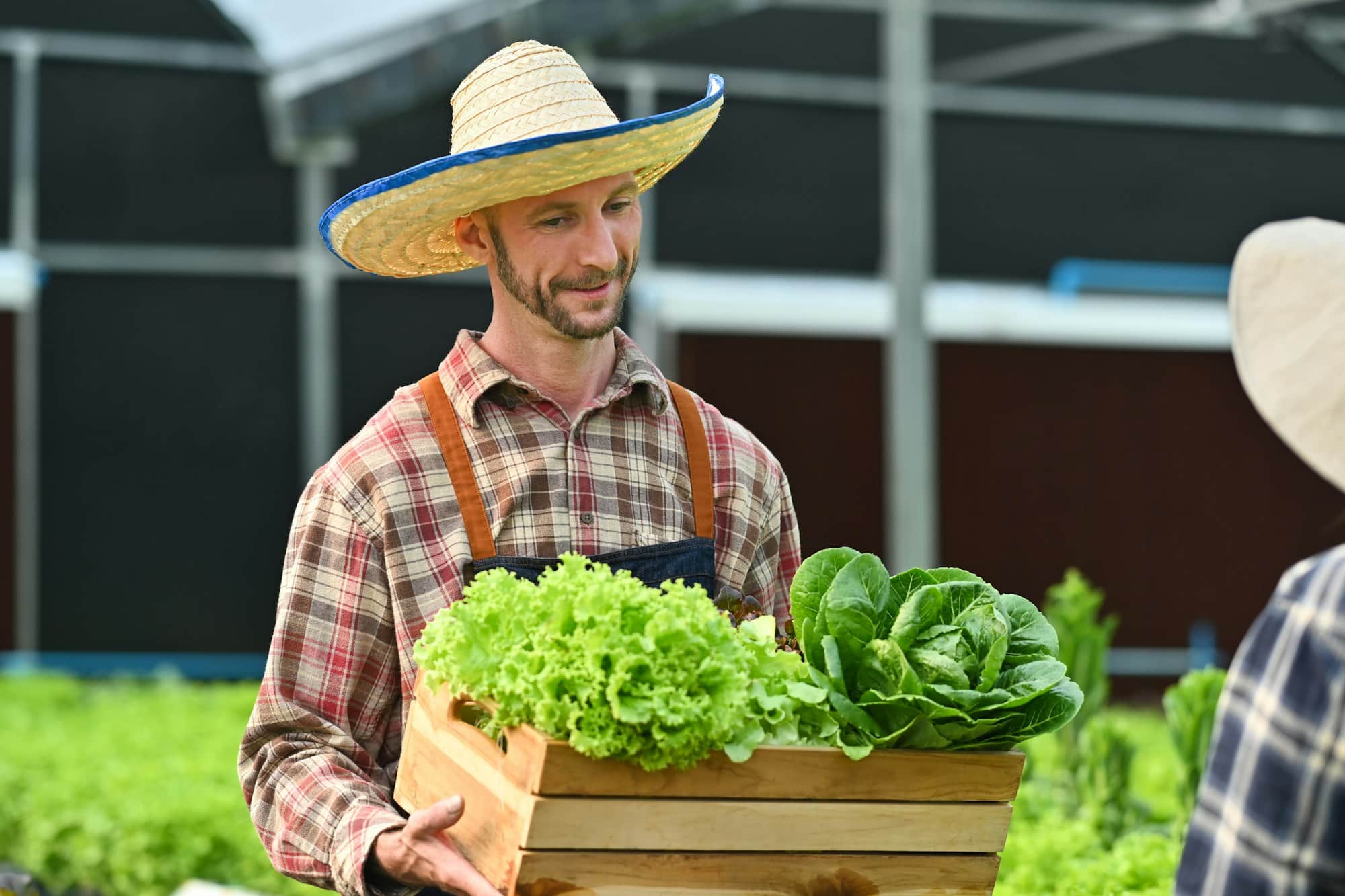When you bring a new Great Dane puppy into your home, one of the essential items on your checklist should be a crate. It’s not just about confining your pup when necessary, but it’s about providing a safe and comfortable space for them to call their own. But choosing the right size crate for a large breed like the Great Dane can be challenging, especially when you consider that these puppies will grow into some of the largest dogs out there.
Understanding the Importance of Crate Training Your Puppy
Before diving into the specifics of crate sizes, it’s critical to understand why crate training is important for a Great Dane puppy.
Dans le meme genre : What’s the Best Method to Administer Ear Drops to a Struggling Cat?
The crate serves as your dog’s den, a place where they can retreat when they are tired or stressed. Crate training helps in teaching your puppy about boundaries and gives them their own space to retreat to. For Great Dane puppies, it can also assist in housebreaking. Given their large size, they will need a space of their own that is safe and comfortable as they grow.
Crate training is not about confining the pup but about providing them a space of their own where they feel secure. It can also improve behavior issues and ease the transition to new environments, whether that’s in your home or while traveling.
A lire en complément : How to Prevent Feather Plucking in African Grey Parrots?
Measuring Your Great Dane Puppy for a Crate
One aspect of choosing a crate is the crate’s size. It’s not as simple as choosing the largest one available, although you might be tempted to do so given the size your Great Dane puppy will reach.
To find the right crate size, you should measure your pup. Start from the tip of the nose and go to the base of the tail – this gives you the length. For the height, measure from the ground to the top of their head while they’re sitting. Add a few inches to both measurements to give your dog some wiggle room.
Remember that the crate should not be too big as it can interfere with housebreaking your Great Dane puppy. It should be large enough for them to comfortably stand up, turn around, and lie down – but not much more than that.
Choosing the Right Crate for Your Great Dane Puppy
When you have taken the measurements, it’s time to choose the right crate. There are different types of crates available, and the one you choose should be based on your pup’s size and breed characteristics.
Wire crates are a popular choice for large breeds like the Great Dane. They provide good ventilation, they’re easy to clean, and they typically come with a divider that you can adjust as your puppy grows.
It’s worth noting that due to the Great Dane’s rapid growth, you might need to upgrade the crate size as your puppy becomes a full-grown dog. A good rule of thumb is to select a crate that will be suitable for them when they are fully grown and use a divider while they’re still growing.
Integrating Crate Training into Your Great Dane Puppy’s Routine
Once you have the right crate, it’s time to integrate it into your puppy’s routine. Remember, the crate should be a positive, safe space for your pup.
Start by placing the crate in an area where the family spends a lot of time so your puppy doesn’t feel isolated. Encourage them to enter the crate by placing treats and toys inside, and maintaining an open door policy until they feel comfortable going in and out on their own.
Gradually increase the amount of time your puppy spends in the crate. Start with short periods while you are still in the room, eventually extending the time and leaving them alone for short periods.
Adjusting Crate Size as Your Great Dane Puppy Grows
A Great Dane puppy grows quickly, and as such, the crate that was once the perfect size might soon be too small. This is why choosing a crate with a divider can be a smart choice. You can adjust the available space as your puppy grows.
However, if you notice that your Great Dane is cramped or uncomfortable, it might be time to upgrade to a larger crate. Remember, the crate needs to be comfortable for your pup at all stages.
Choosing the right size crate for a growing Great Dane puppy may seem like a daunting task but with the right measurements and understanding your puppy’s needs, you can ensure that your puppy has a comfortable, safe space of their own. Remember, crate training is not about confinement but about creating a secure environment for your pup.
The Connection Between Crate Size and Potty Training Your Great Dane Puppy
The relationship between crate size and potty training for a Great Dane puppy may seem a bit unclear. However, it is quite significant. The right crate size can play a significant role in potty training your Great Dane, especially in the early stages.
By nature, dogs do not like to soil their sleeping area. Having a crate that fits your puppy correctly can encourage them to hold their bladder until they are let out. If the crate is too large, your Great Dane puppy may designate a corner of the crate as a bathroom area, which defeats the purpose of crate training and prolongs the potty training process.
To avoid this, ensure the crate is just large enough for your puppy to stand up, turn around, and lie down comfortably, but not so large that they have a lot of extra space. Your dog crate should be a place for your Great Dane to relax and sleep, not a place to relieve themselves. This is why a crate with an adjustable divider is beneficial. It allows you to adjust the crate size as your Great Dane puppy grows, ensuring the crate is always the right size for effective potty training.
Remember, the crate is not a permanent living space for your Great Dane. It is a training tool. Be sure to let your Great Dane puppy out of the crate regularly for bathroom breaks, exercise, and social interaction.
The Best Crate Types for Great Dane Puppies
Choosing the correct dog crate for your Great Dane puppy means considering more than just the right size. You also need to look at the type of crate that will suit your puppy best.
Wire crates are often the best choice for Great Danes. They provide good ventilation, visibility, and they are durable enough to stand up to a large, strong breed like the Great Dane. Wire crates also often come with dividers, making it much easier to adjust the crate’s size as your puppy grows.
Another option is a plastic crate. These crates are generally warmer and offer more privacy, which some dogs prefer. However, they are not as sturdy as wire crates and don’t provide as much ventilation.
Remember, regardless of the type of crate you choose, the most important thing is that your Great Dane puppy feels comfortable and secure in it. It needs to be a positive space that the puppy associates with safety and comfort.
Conclusion
Choosing the right dog crate for a growing Great Dane puppy involves more than picking the biggest one you can find. It requires careful consideration of your puppy’s size and growth rate, as well as their comfort and safety.
Remember to measure your dog accurately and adjust the crate size as they grow. The crate should be a tool for potty training and establishing boundaries, but also a safe and secure space for your pup.
Whether you choose a wire crate or a plastic one, ensure it’s the right one for your Great Dane puppy. With the right approach, crate training can be a positive experience for both you and your puppy, laying the foundation for a well-adjusted, happy Great Dane. So, choose wisely and think ahead to the fully grown dog your cute little puppy will soon become.






